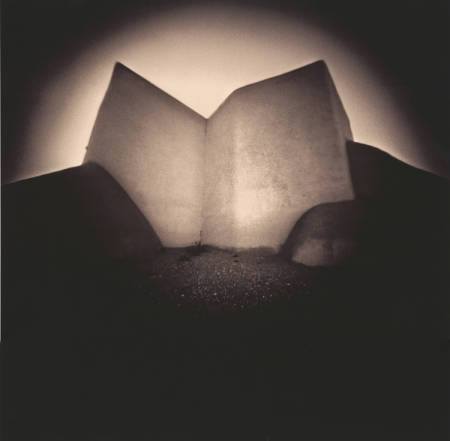Get Lit: Light Looks Back In New Art Book On Pinhole Photography Tied To Santa Fe Exhibition


Latest Article|September 3, 2020|Free
::Making Grown Men Cry Since 1992




